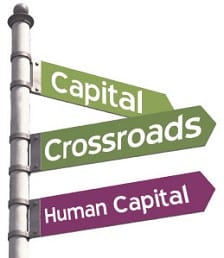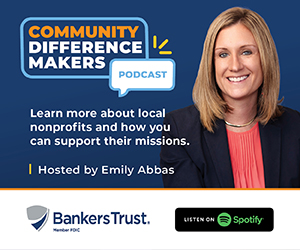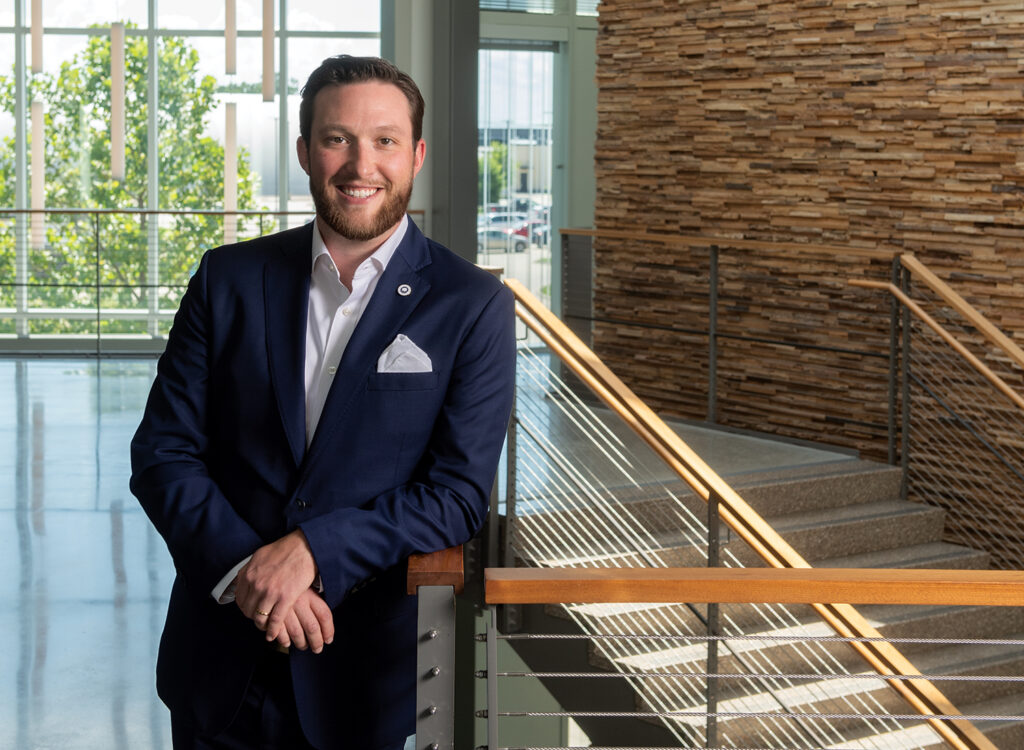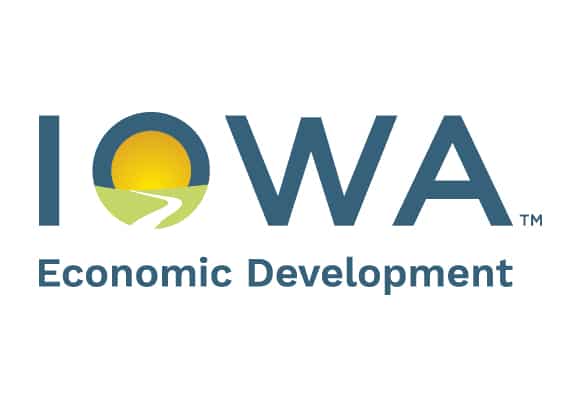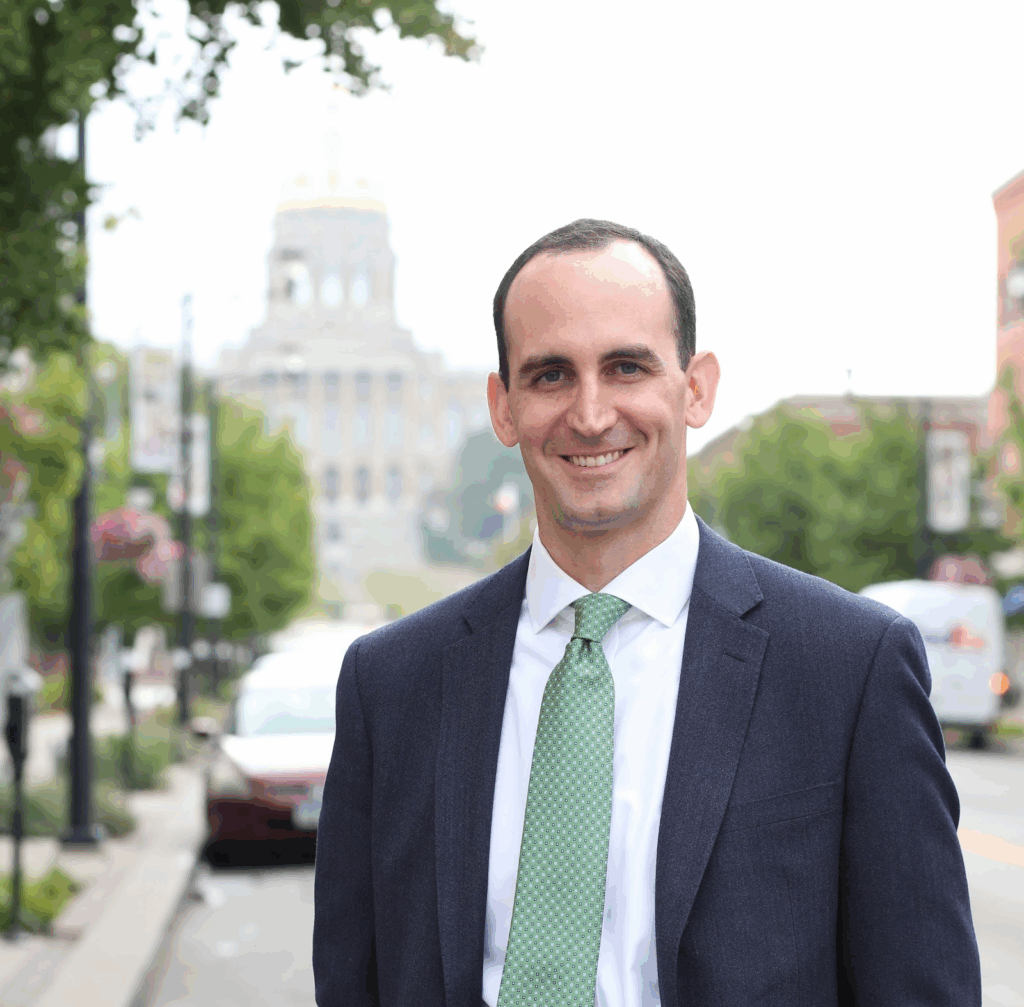Capital looks to nurture Central Iowans from cradle to career

Editor’s Note: This is the ninth installment in our series that aims to explore all 11 capitals of the Capital Crossroads regional planning effort. Read about other capitals and see the full plan at www.BusinessRecord.com/CapitalCrossroads
What is Capital Crossroads:
Capital Crossroads is a regional planning effort headed up by leaders in Greater Des Moines and surrounding communities.
What is Human Capital:
The Human Capital section of the Capital Crossroads long-term plan looks at how to develop a skilled work force in the region. The plan lays out formalizing a “cradle to career” pipeline to attract and retain talent, as well as programs to ensure adults and children are able to reach their full potential.
Attaining and keeping an educated work force in Central Iowa is the Human Capital’s central goal, the Capital Crossroad’s committee co-chairs said.
“The purpose of the Human Capital is to ensure that there is a skilled and talented workforce in Central Iowa that meets the needs of existing employers and also attract employees from other markets,” said Scott Johnson, a Human Capital co-chair and the Iowa/Illinois regional president for Wells Fargo & Co.
To do this, the committee is looking at how to enhance the state’s educational system as well as how to promote development for the existing work force.
“(The education system) is great, but how can we improve it?” Johnson said. “We do this by being advocates, seeing what needs and skill sets employers are looking for and what challenges we can work on.”
A major piece of the puzzle is growing the relationships between the business and education communities, said co-chair Dave Wilkerson, superintendent of the Waukee Community School District.
Even before Capital Crossroads was launched last year, representatives of both industries began meeting each month to discuss education issues and problems relating to unskilled workers. Already having met on common ground and grown the trust between the groups has been a major help, Wilkerson said.
“Schools have been notorious for coming to the business community and saying, ‘We need this, we need that,’” he said. “But now we’re coming and saying, ‘What do you need?’ and everyone is benefiting.”
The Human Capital is working with representatives from Drake University, Principal Financial Group Inc., Des Moines Area Community College (DMACC), the state government and United Way of Central Iowa to achieve the goals laid out by the Capital Crossroads vision plan.
Having the groups work together already has produced some useful results. The Human Capital has been able to collect data, such as the dropout rate and the percentage of students who attain degrees, so it can set regional goals and benchmarks for area high school students.
Johnson said the data allow them to see what needs to be fixed or enhanced as well as what resources or requirements need to be put in place.
Johnson and Wilkerson pointed to Louisville, Ky., which set a goal of increasing the number of postsecondary degrees earned by residents by 55,000 by 2020, as a successful example of what a shared vision and shared resources can do for a city.
“One of the beauties of what they did there is that everyone got on board — the city, business community, the universities — they all agreed on what the needs were and what the goals were,” Wilkerson said. He added that a group of leaders went to Louisville to talk to leaders there about how the effort had taken place.
“One big difference is that they only had one school district and one county, whereas in the Des Moines metro area, we’re talking about 30 school districts and seven counties.”
That isn’t the only challenge the capital is facing, Wilkerson said.
“There were so many different education efforts, we had to take a step back and wait,” he said. “We could start all of these wonderful things, but if they don’t match the Legislature and the governor’s reform efforts, we’d waste a lot of people’s time.”
Retaining an educated work force is equally as important as attaining one, the co-chairs said, which is why the Human Capital also focuses on talent management. Through internship programs and marketing efforts, the group hopes to attract employees from outside the state.
It also plans to launch a campaign targeted toward young professionals and emerging leaders to keep them in Central Iowa.
To work on the state’s workforce development, Johnson said, the Human Capital is simply leveraging programs that have already been put into place in the community, like Iowa Workforce Development’s Skilled Iowa Initiative and the Central Iowa Works program. Both programs focus on moving underemployed Iowans to areas of high demand, such as the financial sector, the health-care industry or manufacturing.
One of the benefits of the Capital Crossroads process, Johnson said, is that there is now a forum to discuss what things are occurring around the community and ways to coordinate programs. “It doesn’t mean (the Human Capital) is controlling any of this; it’s how do we facilitate it,” he said.
It’s important to focus on the Human Capital, they said, because it will determine where future resources go.
“All of the capitals are important, but the Human Capital is the people piece of it all,” Wilkerson said. “We can talk about all the new buildings and things we’re doing, but what matters is what we’re putting in those buildings.”
“There were already a lot of initiatives in all these key buckets, so now it’s how can all of these tie together to make sure people are aware of it and we can be advocates for it,” Johnson said.
The breakdown
The Human Capital section of the Capital Crossroads final plan document lays out three subsections. Here is a look at the subsections and what the capital co-chairs deem to be most important heading into the implementation process.
Cradle to career
• Enhance partnerships among Greater Des Moines education and training, government, private and nonprofit leaders to foster positive academic results for students. Partnerships such as the Greater Des Moines Business/Education Alliance, a group of educators and private business people who meet regularly, allow for communication and collaboration between leaders.
• Ensure that universal pre-kindergarten programming is provided for all Central Iowa children in the short and long term. Even though it was a widely contested issue during the 2012 legislative session, Gov. Terry Branstad decided to keep Iowa’s universal preschool program, which was developed under Democratic Gov. Chet Culver in 2007, funded for the next two years. The plan points out that the issue will most likely come before the Iowa Legislature again, adding that “Central Iowa must always make its voice heard in the ongoing chorus defending universal pre-K in Iowa.”
• Expand and better promote Central Iowa’s internship placement programs. Offering business internships is one of the most effective ways to keep talented students in the region after graduation from high school or college.
Talent management
• Develop a comprehensive and coordinated graduate-retention strategy. The plan suggests that leaders formalize a “Stay in Central Iowa” program to keep students in the region.

• Create a multimedia marketing campaign to promote Greater Des Moines. The plan points out the Greater Des Moines Partnership’s use of social media and out-of-town events “to spread the word about Greater Des Moines and Central Iowa as a place to live and work.” The plan suggests that Central Iowa leaders continue to follow these steps.
Social well-being
• The social well-being aspect of the plan focuses on improving the lives of Central Iowans already in the workforce by moving in-need residents into higher-quality, better-paying jobs, 
• Because the state and Central Iowa have so many initiatives already in the works, the Human Capital co-chairs said they plan to promote and leverage existing programs, including the Skilled Iowa Initiative and the Central Iowa Works program.
• Increase awareness and usage of United Way of Central Iowa’s support, measurement and coordination tools. “Improved coordination of service providers is essential to maximizing the social services delivery system. United Way has implemented tools to help foster this coordination, but they are not utilized as fully as possible,” the plan said.

